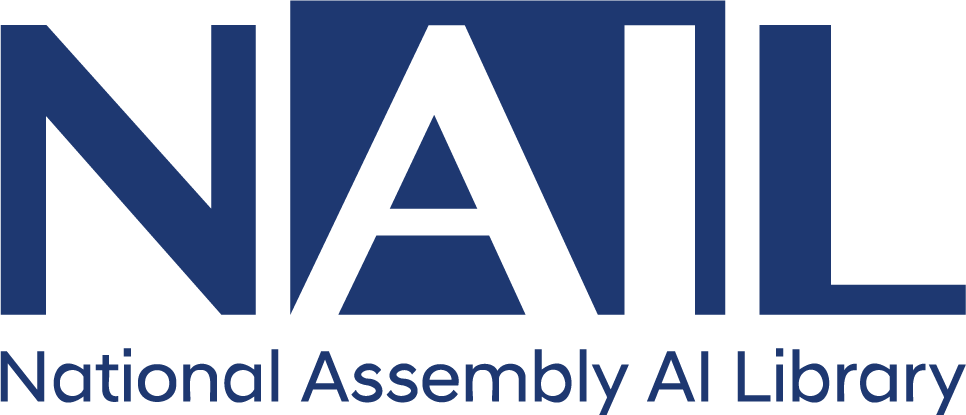
목차
Title page
Contents
Résumé 5
Abstract 6
Acknowledgements 7
Executive summary 10
Synthèse 12
Zusammenfassung 15
1. Introduction 18
2. Which groups are most exposed to AI? 19
What is meant by exposure to AI? 19
Which groups are most exposed to AI? 20
Which groups are most exposed to automation? 25
3. What are the implications of high exposure to AI? 27
What does the literature say are the implications of AI exposure and do they differ by group? 27
How have different groups' employment outcomes changed in occupations highly exposed to AI? 28
4. AI and access to opportunities 37
The AI workforce is primarily male and university educated 37
AI users are also primarily male and university educated 39
Sources of uneven access to opportunities associated with AI 40
New opportunities for traditionally underrepresented groups 41
5. How do perceptions differ between groups? 44
Findings from the OECD AI surveys of employers and workers 45
Findings from the OECD case studies of AI implementation 50
References 53
Annex A. Risk of automation 56
Annex B. Overall link between AI exposure and employment outcomes 60
Table 2.1. Tertiary-educated, prime-age and native-born workers are overrepresented in the five occupations most exposed to AI (2022 data) 21
Table 3.1. Estimated link between AI exposure and employment growth for different groups 33
Table 3.2. Estimated link between AI exposure and usual working hours for different groups 36
Table 4.1. Male, university-educated and prime-age workers are overrepresented in the 10 occupations with the highest share of AI-related job postings 38
Figure 2.1. There is a strong positive relation between AI exposure and workers' education level 22
Figure 2.2. The relationship between AI exposure and gender is confounded by education level 23
Figure 2.3. The relation between AI exposure and age depends heavily on education level 24
Figure 2.4. AI exposure is negatively related to the proportion of an occupation's workforce that was born abroad 25
Figure 3.1. Employment growth between 2012 and 2022 was stronger in occupations with higher AI exposure 30
Figure 3.2. Since 2012, workers in most occupations have become older, more highly educated and more likely to have been born abroad 31
Figure 3.3. Usual working hours decreased between 2012 and 2022 in occupations with higher AI exposure 34
Figure 3.4. Since 2012, average working hours have reduced most for young and male workers 35
Figure 4.1. There is considerable overlap between the occupations identified as highly exposed to AI and the occupations where AI skills are most in demand 39
Figure 4.2. AI users are more likely to be younger, male, foreign-born and have a university education than non-users 40
Figure 5.1. Male, university-educated and foreign-born workers were most positive about how AI had impacted their productivity and enjoyment 45
Figure 5.2. Male, university-educated and foreign-born workers were more likely to say that they had specialised AI skills and that they were enthusiastic to learn more 46
Figure 5.3. Male, university-educated and foreign-born workers were more likely to expect wages to increase due to AI 47
Figure 5.4. Foreign-born workers were most likely to say that they were very or extremely worried about losing their jobs in the following 10 years 48
Figure 5.5. Younger and foreign-born workers were more concerned that data collected could lead to decisions biased against them 49
Figure 5.6. Employers saw older and low-skilled workers as the groups facing most harm from AI 50
Boxes
Box 2.1. About the AI exposure measure used in this analysis 20
Box 4.1. Can AI improve access to the labour market for people with disabilities? 43
Box 5.1. Case study example showing negative perceptions about older workers using AI 51
Annex Tables
Table A A.1. Occupations at high risk of automation have on average a higher presence of male, non-university-educated, and foreign-born workers 58
Table A B.1. There is a positive link between AI exposure and employment growth between 2012 and 2022 60
Annex Figures
Figure A A.1. Occupations highly exposed to AI are not necessarily at high risk of automation (from all technologies) 57
Figure A A.2. Male, lower-educated and foreign-born workers are at higher risk of automation 59



